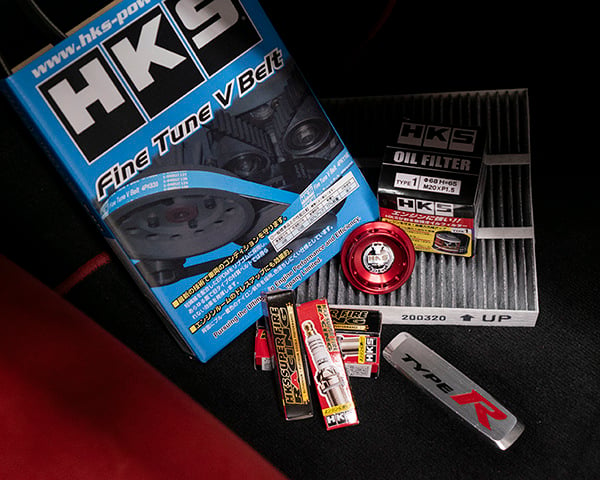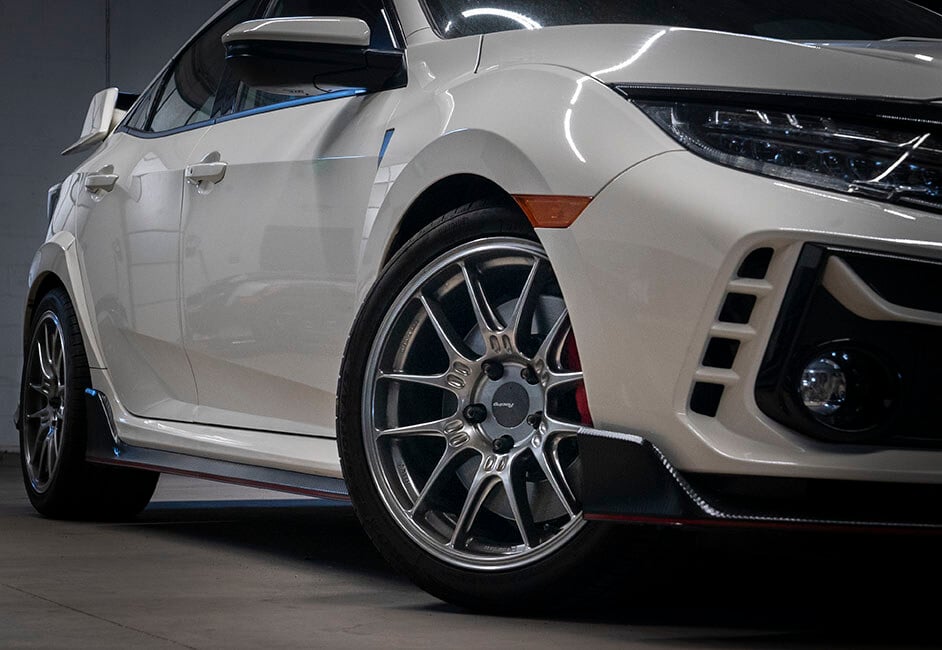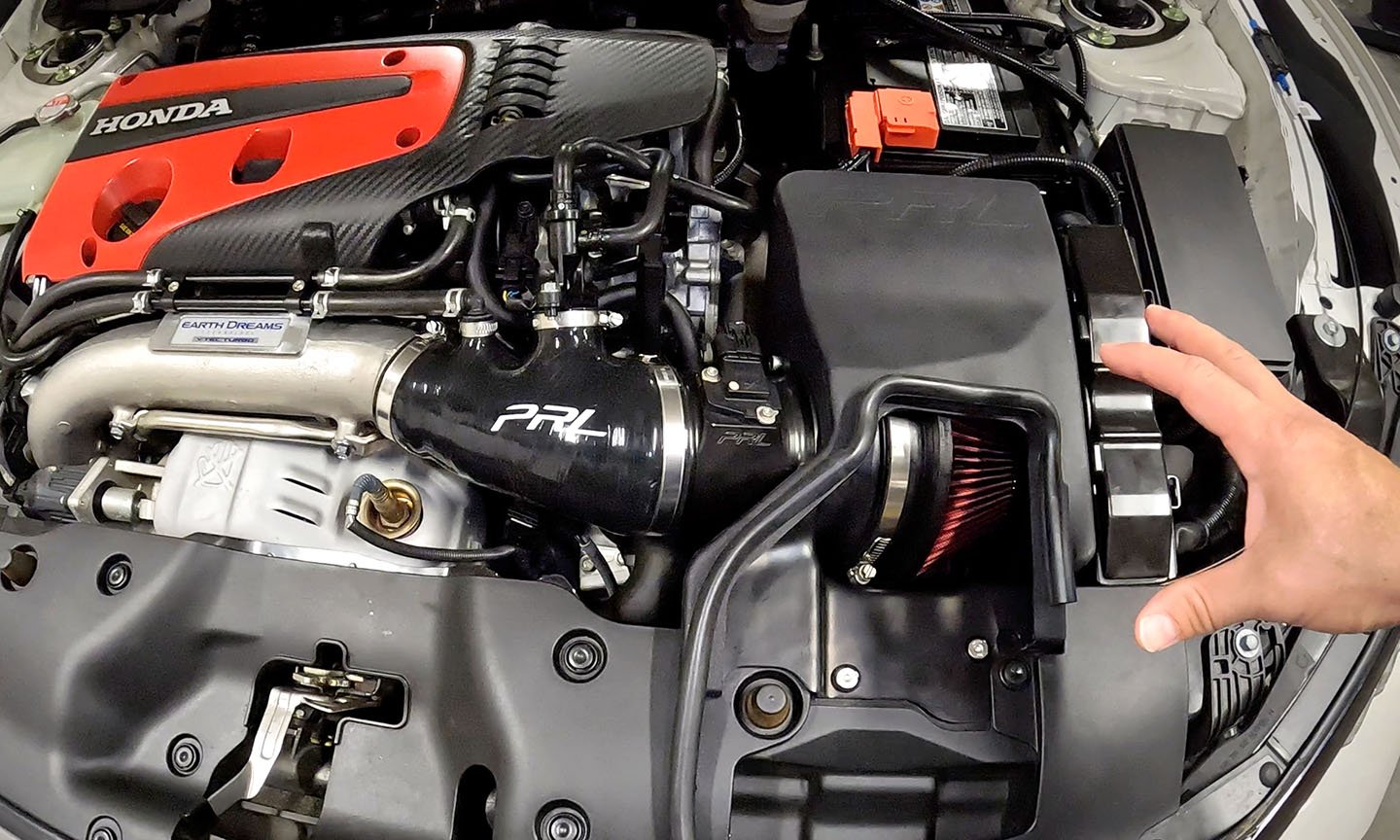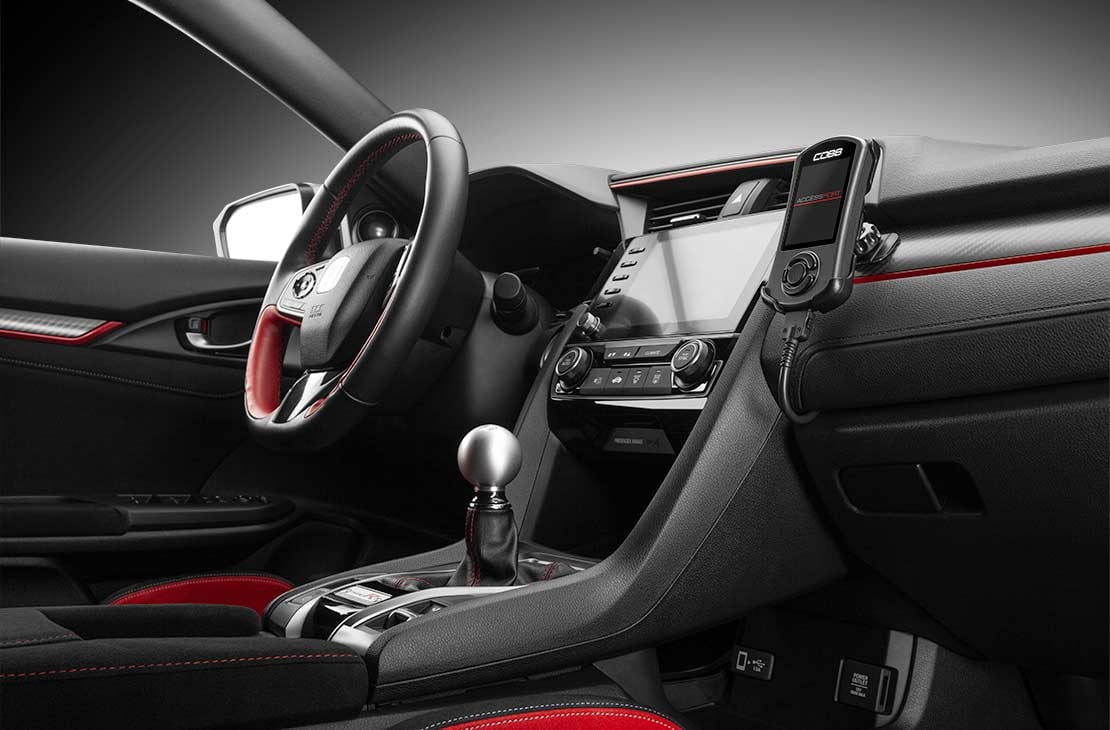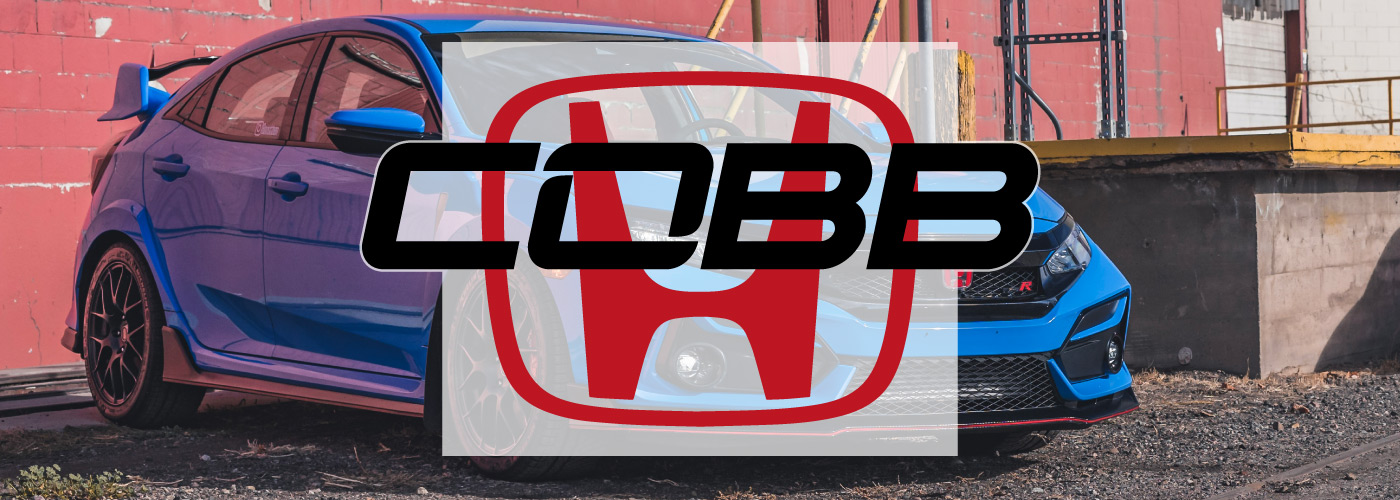REVIEW - Radium Engineering FK8/FL5 Civic Type R Catch Cans
October 9th, 2024
4 min read
By JP Alonso
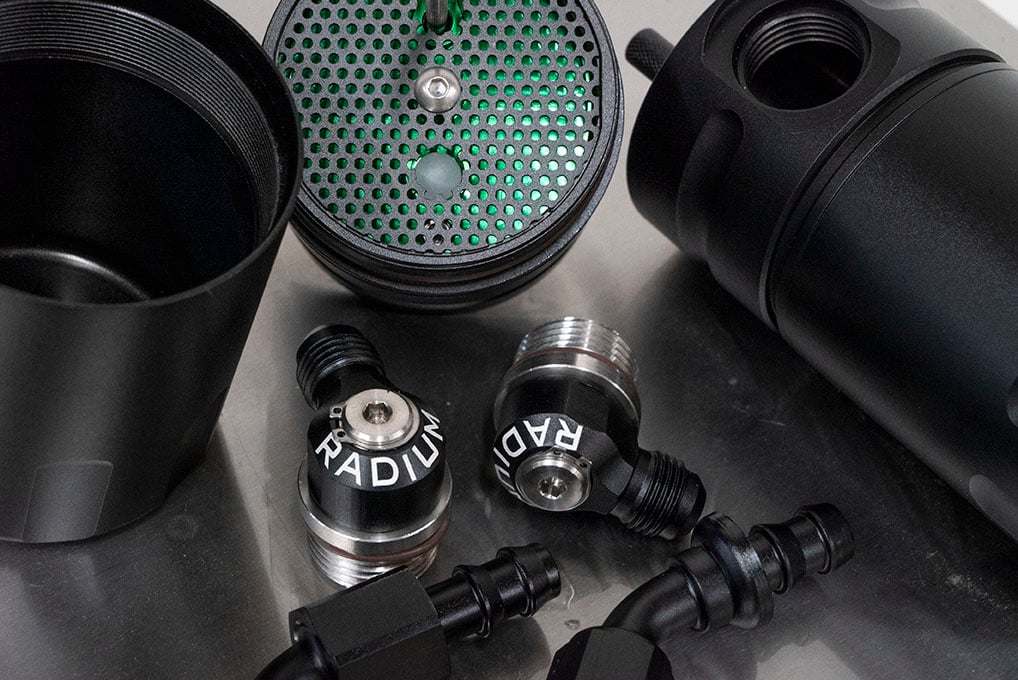
If you follow us at all, you've heard us talk about Radium before. We're at it again with more Radium goodies for our own FK8 Civic Type R. This is the third time we've used Radium catch cans on one of our own projects. If Radium made a whole car, we'd probably buy it. But they make parts so we'll buy those instead. This kit is arguably the best catch can kit on the market for the Civic Type R. The full dual can setup captures any and all crankcase ventilated gases and vapors so the intake system and combustion chamber get fed nothing but clean air.

Normally, I like to use comparison language within a review because these days, there are so many options out there to mod your car it's ridiculous. So it's always good to know what advantages or drawbacks you're getting with a certain kit compared to another. But with most items from Radium, not much compares. Whatever they make is pretty top notch and very well thought out before hitting the machines and getting assembled. We're always happy to add a Radium piece on our projects because it's predictable. It's going to fit right, it's going to look good, and it's going to work like it's supposed to.
Application and Fitment
The Radium Civic Type R kit fits both the FK8 (model years 2017-2021, 10th gen) and FL5 (model years 2023+ 11th gen) with slight differences on how the kit goes into the engine bay. Both cans are available separately or as a full kit, and each performing a specific job. The PCV catch can is positioned in the back left side of the engine bay, tucked neatly against the back wall, sharing space with the factory fuel lines. This catches recirculated vapors from the crankcase while the car is in a vacuum condition (cruising and idle). Because the intake system isn't pressurized at this time, the one-way valve on the valve cover opens as the engine is pulling air in without pressure being generated by the turbo. The CCV catch can is also on the left, but closer to the front where it's mounted securely to the top of the engine mount with a custom CNC bracket. This can is technically working at all times, but becomes the only can being used during positive intake pressure events (positive boost pressure) when the PCV valve closes and doesn't allow backflow from the pressurized (boosted) part of intake system.
 Both cans do the same thing. They intercept oil vapors and other contaminants that are generated from combustion gases pushing past the piston rings and making their way into the crankcase. Those need to be removed from the crankcase as quickly and as much as possible. The stock system sends them right back through the intake to be sent out the exhaust again, but not before coating a nice layer of junk all over your intake system including the turbocharger, intercooler, and valves. The catch cans block and store those vapors, preventing them from coating the intake and entering the engine. Besides that, they are simply relieving the pressure of the crankcase like normal.
Both cans do the same thing. They intercept oil vapors and other contaminants that are generated from combustion gases pushing past the piston rings and making their way into the crankcase. Those need to be removed from the crankcase as quickly and as much as possible. The stock system sends them right back through the intake to be sent out the exhaust again, but not before coating a nice layer of junk all over your intake system including the turbocharger, intercooler, and valves. The catch cans block and store those vapors, preventing them from coating the intake and entering the engine. Besides that, they are simply relieving the pressure of the crankcase like normal.
This comes with a host of benefits for your engine. It keeps the fuel's octane up since the oil is not part of the mixture in the cylinder anymore, it keeps your intake system clean, it increases the reliability of the engine long-term, and it helps maintain a consistent performance level.
Installation Notes
The PCV can located in the back of the engine bay is pretty straightforward and simple to get in there. A few basic tools gets the job done. If that is the only one you're doing, then plan on an hour or less to get this setup.
The CCV can is a different story. I wouldn't say it's hard to install. But it's a bit tedious for a novice and has the potential to cause a big mess if you're not used to working with coolant lines. The Type R has an interesting set of tubes joined together into one piece where one side moves air and one side moves coolant. You are not changing any cooling system functionality by rerouting these tubes. But disconnecting coolant lines means you need to do a good job of cutting off fluid flow so that you don't make a mess in the engine bay. Get a couple good hose pinch pliers and keep a couple dry rags or towels underneath the work area and you'll be fine.

The lines that reach from the CCV can to the intake pipe and the intake manifold are routed through some really nice hard lines from Radium that mate nicely to the bracket on top of the factory inlet pipe. At this time, we haven't updated the inlet pipe of our project. Once we do, we'll try to come back here and make some updated notes about the fitment and what is required to route them. But I suspect it'll be fairly simple and will probably reinstall the same way. Just know that if you have a factory inlet pipe, the fitment of this kit looks like it could have come on the car from the factory. It's so clean.
Our Recommendation
Ideally, you want to get both on there so your intake never sees any crankcase junk. But if you only get a single can for whatever reason, I would definitely choose the PCV can. You would think the gases created from wide open throttle create more of a mess than when you're at idle and they probably do. But the problem with leaving the PCV alone is that unless your Type R lives on a race track and only rides in a trailer to get there, you're in vacuum the significant majority of the miles you're driving. So the PCV system is recirculating the majority of the time. When you empty your cans, you'll find the PCV usually has more to empty out than the CCV.

You should check your catch cans every time you do an oil change. With the dip sticks Radium builds in, it's way too easy not to check. If it's accumulating up the stick, just go ahead and unscrew the bottom and dump it out into the oil drain pan. If it's accumulating very quickly and you have to dump out a lot with every oil change, that might suggest it's time for a compression check to find out the overall health of the engine.
Overall Thoughts
I stated my thoughts about the kit in the beginning. But once installed, this thing ended up being better than I anticipated. It fits well and looks so good. It looks more like a factory piece than I originally thought so if you're a sucker for a clean install, this is right in your wheelhouse. You simply can't go wrong with this kit, and Radium provides really clear instructions, making it easy and stress-free to install.
Want one for yourself? Head to the site and pick one up right here. Feel like watching a little bit of the installation process? Check out our YouTube channel here where we feature a lot of different Civic Type R content or click the video below for the Radium catch can video we posted on our channel.
I'm the founder of Edge Autosport and I remember first getting into cars in high school. I read all the magazines, bought a bunch of technical books, and finally got to start wrenching around the age of 19. I really enjoy modding and being able to live out a passion is truly awesome. I wouldn't change a thing.
Topics:
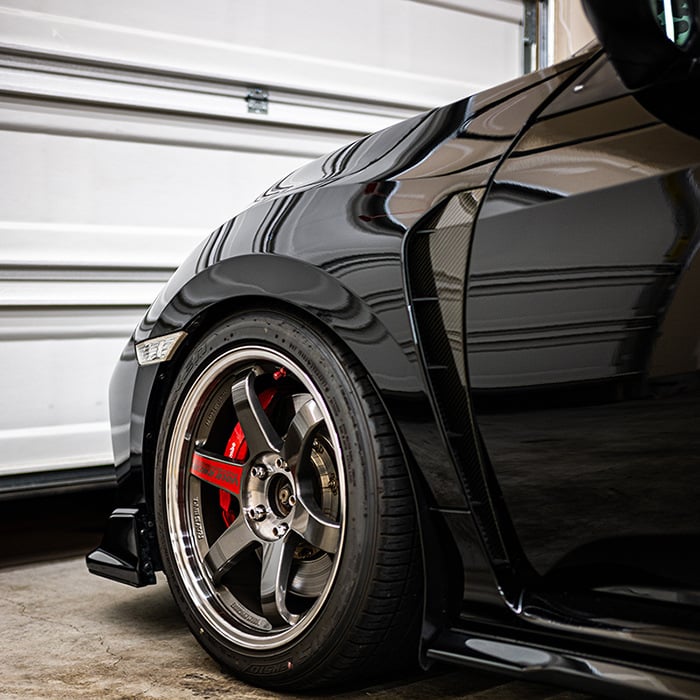
.jpg?width=856&height=600&name=Ohlins%20Road%20and%20Track%20Coilovers%20Honda%20Civic%20Type%20R%20(1).jpg)
